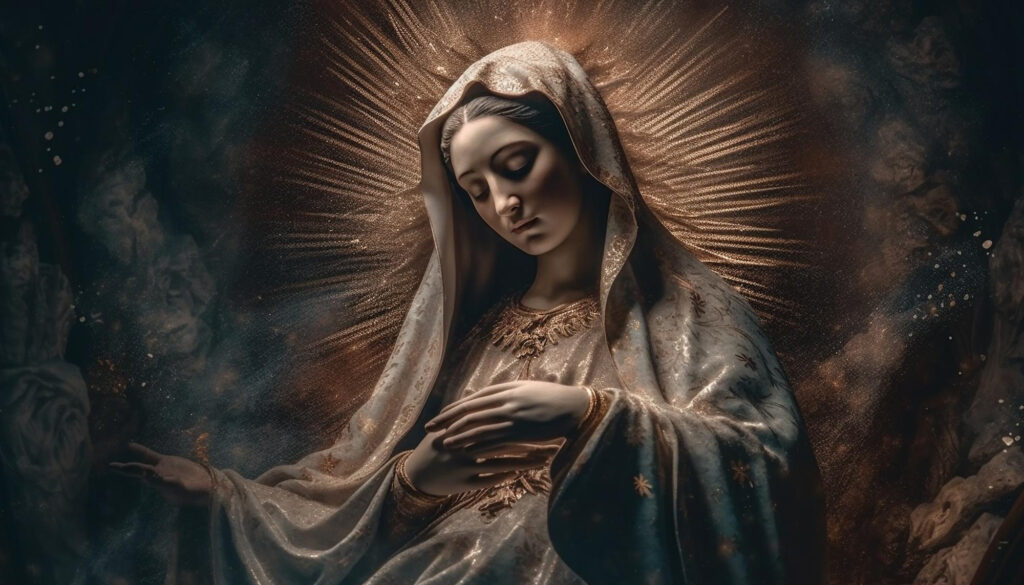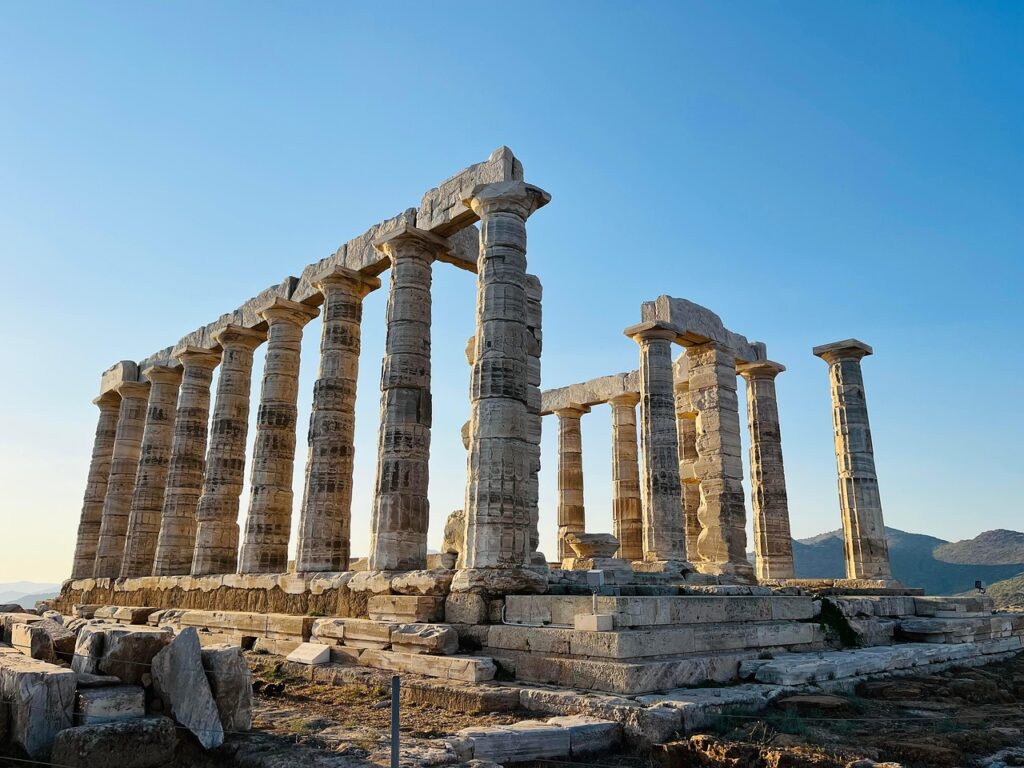The Rosary of the Virgin Mary
Praying the Rosary, alone, with family, with friends "demands a quiet rhythm and a reflective calm"

Saint John Paul II, a great devotee of the Virgin Mary, dedicated to her the Apostolic Exhortation Rosarium Virgines Mariae (16/10/2002) to promote and proclaim the goodness of praying the Holy Rosary. This month, dedicated by the Church to the recitation of the Rosary, I return to the Holy Father’s writing to better savour each Hail Mary of this extraordinary Marian practice.
“In the background of the Hail Marys, the principal episodes of the life of Jesus Christ pass before the eyes of the soul. The joyful, luminous, sorrowful, and glorious mysteries bring us into vital communion with the life of Christ. With Mary (“Woman, behold your son”, John 19:26) we contemplate the Face of the Lord from his Birth in the stable in Bethlehem to his glorious Resurrection and Ascension into Heaven. In a few seconds, at the beginning of each decade of Hail Marys, the episodes of the Lord’s life pass through the mind and heart. It is a vocal prayer, “typically meditative”, the Holy Father points out, “and corresponds in some way to the ‘prayer of the heart’, or the ‘Jesus prayer’, which arose from the humus of the Christian East”. It is a centuries-old prayer, prayed by millions of faithful worldwide.
A very useful piece of advice reminds us of St. John Paul II. He says: “Listening and meditation are nourished by silence. It is good that, after the mystery has been proclaimed and the Word proclaimed, we should wait a few moments before beginning the vocal prayer, in order to fix our attention on the mystery meditated upon. Rediscovering the value of silence is one of the secrets to the practice of contemplation and meditation. In these times when noise invades everything and haste prevents us from pausing before reality to enjoy it in sips, the Rosary offers a haven of serenity and silence to refine the soul. Each decade is separated by those moments of silence that allow us to enter into the scenes of the Gospel as if we were just another character, as St. Josemaría Escrivá liked to say, so that the memory of Christ’s life becomes present to us and illuminates our existence.
That is why praying the Rosary is not a prayer of the “little prayer” (an expression we used to say at school when we repeated lessons without understanding them). On the contrary, “the Rosary, with its specific character, belongs to this varied panorama of ‘unceasing’ prayer, and if the Liturgy, the action of Christ and of the Church, is salvific action par excellence, the Rosary, as meditation on Christ with Mary, is salutary contemplation. Indeed, by penetrating, from mystery to mystery, into the life of the Redeemer, it ensures that what He accomplished and what the Liturgy actualises is deeply assimilated and forges one’s own existence”. Each Hail Mary is unceasing prayer, a practical way of living that “praying without ceasing” recommended by St. Paul. It is petition, Thanksgiving, veneration, in such a way that it leads us to pay attention to what we say, how we say it and to whom we say it, as St. Teresa of Jesus recommended.
Praying the Rosary, alone, with family, with friends “demands a quiet rhythm and a reflective repose”. It is a grace, knowing that at all times we can turn to Holy Mary and, through her, to the Lord: when joy overwhelms us, when sadness and tribulations tie our hearts in knots, when insomnia comes. To take up the Rosary and to unravel each of its beads is to hold Mary’s hand or to lie on her lap: the same as we did as children with our mother. The Rosary, with its quiet rhythm, helps to calm the soul, which returns to its normal rhythm. The problem or the fright remains, but we are not alone, she is with us.
“Cast thy burden upon the Lord, and He shall sustain thee” (Psalm 55, 23) says the Psalm. We could also say: place your heart in Our Lady’s hands, and she will sustain you.
Related

He who is without sin, let him cast the first stone: Fr. Jorge Miró
Jorge Miró
06 April, 2025
3 min

Reflection by Bishop Enrique Díaz: Great things you have done for us, Lord
Enrique Díaz
06 April, 2025
5 min

The Five (5) “C’s” of PonCe
Exaudi Staff
04 April, 2025
4 min

The Lies of Love: Debunking Myths and Rediscovering the True Meaning of Love
José María Contreras
04 April, 2025
1 min
 (EN)
(EN)
 (ES)
(ES)
 (IT)
(IT)

